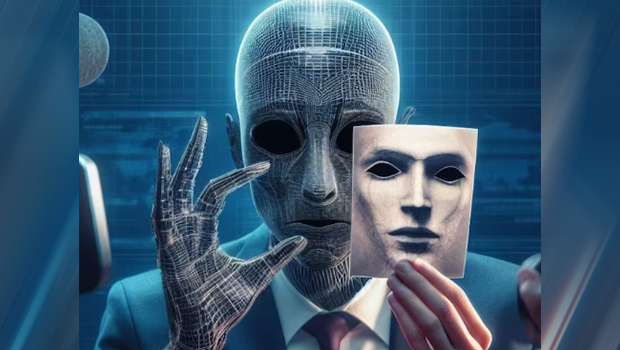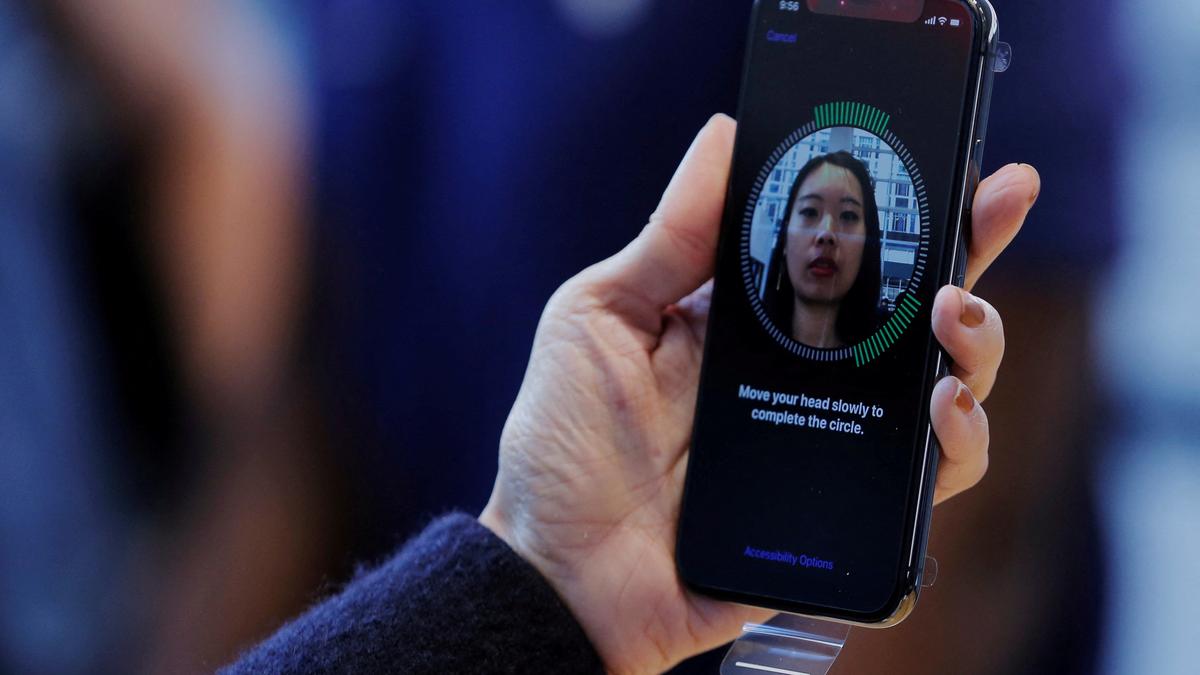Blog Credit: Trupti Thakur
Image Courtesy: Google
Second Advisory By MeiTy
The Ministry of Electronics and Information Technology said on Tuesday that it had sent another advisory to social media firms to comply with the Information Technology (Intermediary Guidelines and Digital Media Ethics Code) Rules, 2021. The advisory was aimed at getting social media firms to crack down more forcefully on fabricated ‘deepfake’ clips of people made with Artificial Intelligence. A similar advisory was first sent to social media platforms early in November.
“The advisory mandates that intermediaries communicate prohibited content, particularly those specified under Rule 3(1)(b) of the IT Rules, clearly and precisely to users,” the IT Ministry said in a press release. The advisory caps a month of discussions with social media platforms, during which Prime Minister Narendra Modi also made a remark on deepfakes during a Deepavali interaction with supporters.
IT Minister Ashwini Vaishnaw had said in November that rules would soon be formulated to regulate deepfakes. However, no draft has emerged. The government said instead that further IT Rules amendments would follow “if and when required”. The IT Ministry did not share a full copy of the advisory sent to platforms.
“Content not permitted under the IT Rules, in particular those listed under Rule 3(1)(b) must be clearly communicated to the users in clear and precise language including through its terms of service and user agreements,” the Ministry wrote in the advisory, according to an excerpt shared by the government.
The government’s action on deepfakes follow a viral fabricated clip of actress Rashmika Mandanna, who publicly called out the video. Delhi Police arrested four individuals.
Deepfakes are fake digital content in the form of images, videos or audios. They are created using high-end artificial intelligence tools and deep learning technology. Deep learning is a type of machine learning that uses neural net simulations to analyse large data set and create fake content. Deepfakes are quickly becoming a source of concern as they are getting similar enough to real content to confuse the audience.
Implications of Deep Fakes
Deepfakes are synthetic media files created to depict events or speech that never actually occurred. The technology uses machine learning algorithms to digitally graft one person’s likeness or voice onto another person’s face or speech patterns in a seamless and realistic manner.
As deepfake technology becomes more advanced, the manipulated media can be increasingly difficult to detect as fake and has the power to falsely depict public figures making inflammatory comments or behaving inappropriately. This has raised concerns over the potential to spread misinformation or manipulate public opinion.
First Advisory in November 2022
In November 2022, the Ministry of Electronics and Information Technology (MeitY) issued its first advisory to social media platforms asking them to identify and remove deepfake videos being circulated online.
At the time, Union Minister Ashwini Vaishnav emphasized the need for platforms to take more aggressive action in tackling deepfakes, which he described as “a big issue” and “a huge problem for all of us.”
Recently, viral deepfake videos depicting Indian actress Rashmika Mandanna and veteran actress Kajol highlighted the disturbing potential of the technology.
Second Advisory Emphasizes IT Rules Compliance
On December 26th, MeitY released a second advisory targeted specifically at curbing the spread of misinformation through deepfakes.
The advisory directs social media platforms to adhere to the Information Technology (Intermediary Guidelines and Digital Media Ethics Code) Rules, 2021. It asks them to make users aware of the ban on publishing fake or misleading content under the IT Rules.
Draft Regulations in the Works
During the November press meeting, Vaishnav indicated that the government aims to prepare draft regulations to curb deepfakes within “the next few weeks.” He emphasized the need for coordinated efforts between government, industry and the public across four key areas:
- Preventing deepfakes before publication
- Stopping viral spread
- Improving reporting mechanisms
- Increasing public awareness
The upcoming regulations will likely aim to address these areas in order to mitigate the societal risks posed by advancing deepfake technology.
Blog By: Trupti Thakur

27
DecSecond Advisory On AI By MeiTy
Dec 27, 2023Recent Blog
India’s Steps Into 6GMay 15, 2025
The New Accessibility Feature of AppleMay 14, 2025
The Digital Threat Report 2024May 13, 2025
The MADMAX ExperimentMay 12, 2025
The EntraID Data ProtectionMay 10, 2025




